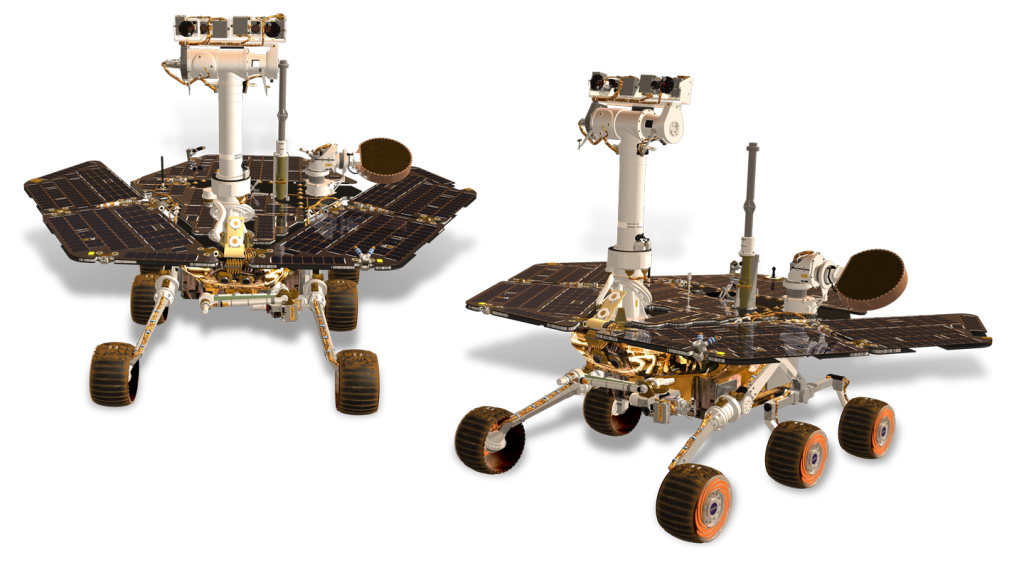Chinese media are reporting that solar in space may not be as far off as we think – they’re revealed plans to build a power station orbiting the earth. Let’s take a look at the plans and see what other countries are also working on renewable energy in the solar system.
Solar in Space – How does it work?

Chinese Media have made a statement about the solar space race – their idea is that a station could orbit the earth at 36,000 kilometres – enough to get the sun’s energy but not experience any atmosphere interference. Seasonal and night-time loss of sunlight will also be totally negated, so the station would be able to generate significantly more power than those on earth which are subject to the sun’s whims.
Chinese journal Science and Technology Daily has reported that the city of Chongqing is the host of construction of an early experimental space solar plant.
Pang Zhihao, researcher from the China Academy of Space Technology Corporation, said a space solar power station held the promise of providing “an inexhaustible source of clean energy for humans”, according to the Sydney Morning Herald. The space solar station would be able to supply energy at 6x the power of solar farms on earth – reliably supplying energy “99%” of the time.
The next plan for China is to build and launch a number of small/medium sized solar power stations which will be launched into the stratosphere between 2021 – 2025.
According to the SMH Japanese, Indian and European scientists are also working on the best way to generate solar power in space. What impact could this unlimited power have on things like the Mars Rover which was ‘pronounced dead‘ over the last week? According to the researches, the energy would be converted to electricity and send to the earth via a microwave or laser beam – so they’ll need to work on ensuring this won’t have any bad effects on atmosphere or the earth in general before it goes ahead.

